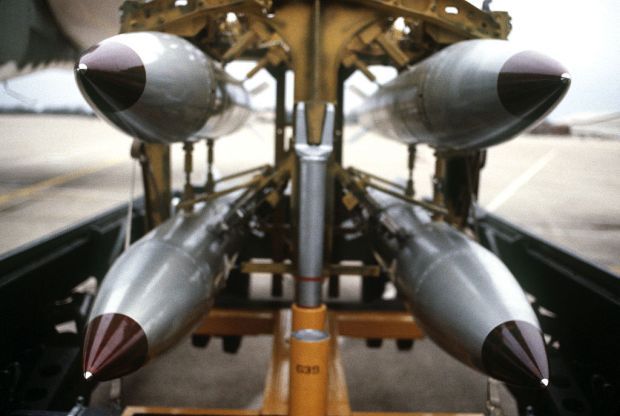
The Stockholm International Peace Research Institute (SIPRI) says all the nuclear weapon-possessing states are developing new nuclear weapon systems and modernizing their existing systems.
"At the start of 2018 nine states – the United States, Russia, the United Kingdom, France, China, India, Pakistan, Israel and the Democratic People's Republic of Korea (North Korea) – possessed approximately 14,465 nuclear weapons. This marked a decrease from the approximately 14,935 nuclear weapons that SIPRI estimated these states possessed at the beginning of 2017," SIPRI said in its findings.
Read alsoRussia cuts military spending by 20%, first time in recent decades – SIPRI experts
The decrease in the overall number of nuclear weapons in the world is due mainly to Russia and the USA – which together still account for nearly 92 per cent of all nuclear weapons – further reducing their strategic nuclear forces pursuant to the implementation of the 2010 Treaty on Measures for the Further Reduction and Limitation of Strategic Offensive Arms (New START).
Despite making limited reductions to their nuclear forces, both Russia and the USA have long-term programs under way to replace and modernize their nuclear warheads, missile and aircraft delivery systems, and nuclear weapon production facilities.
The nuclear arsenals of the other nuclear-armed states are considerably smaller, but all are either developing or deploying new nuclear weapon systems or have announced their intention to do so. India and Pakistan are both expanding their nuclear weapon stockpiles as well as developing new land-, sea- and air-based missile delivery systems. China continues to modernize its nuclear weapon delivery systems and is slowly increasing the size of its nuclear arsenal.
In 2017 North Korea continued to make technical progress in developing its nuclear weapon capabilities, including the test of – what was claimed to be – a thermonuclear weapon, in September. North Korea also demonstrated unexpected rapid progress in the testing of two new types of long-range ballistic missile delivery systems.

